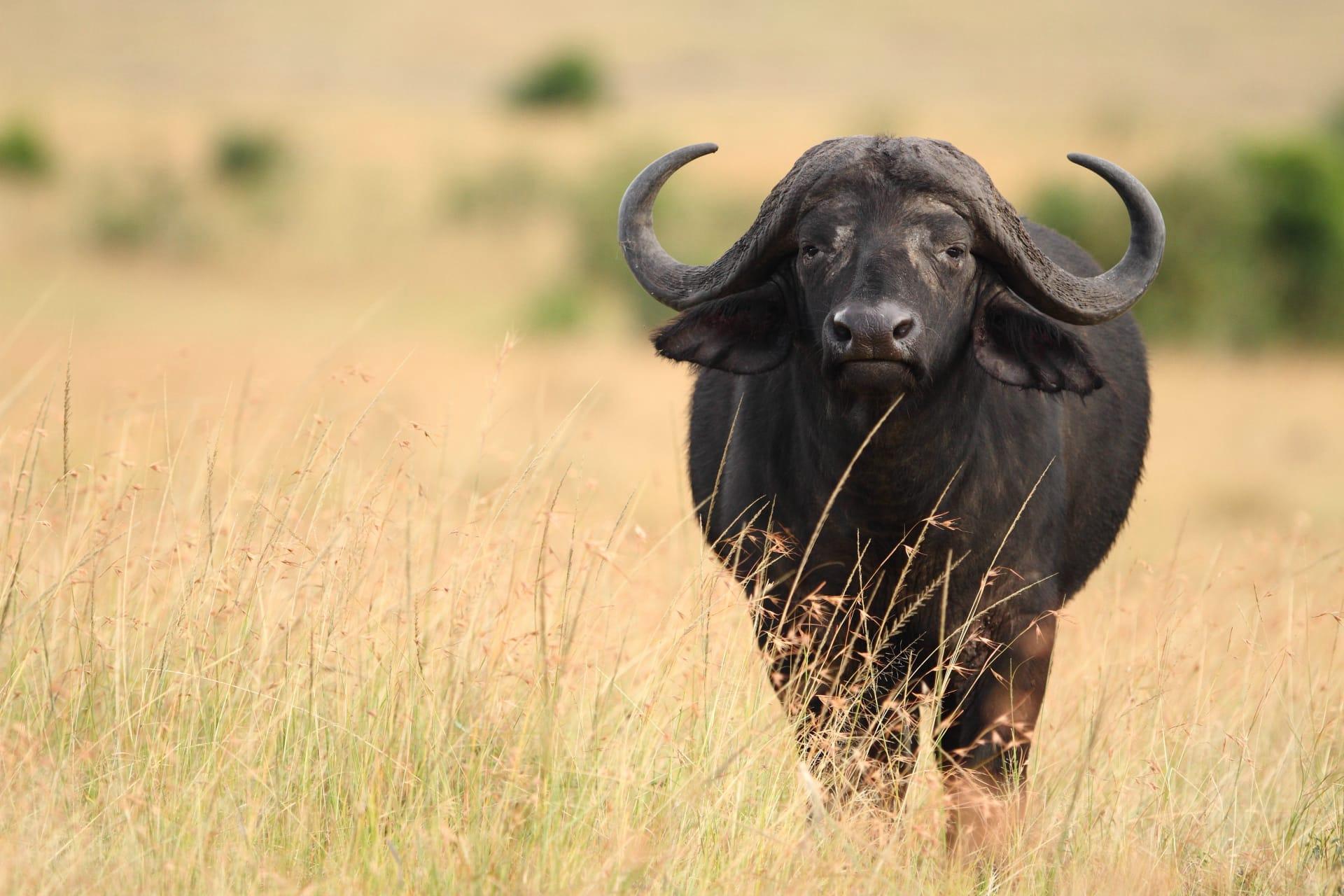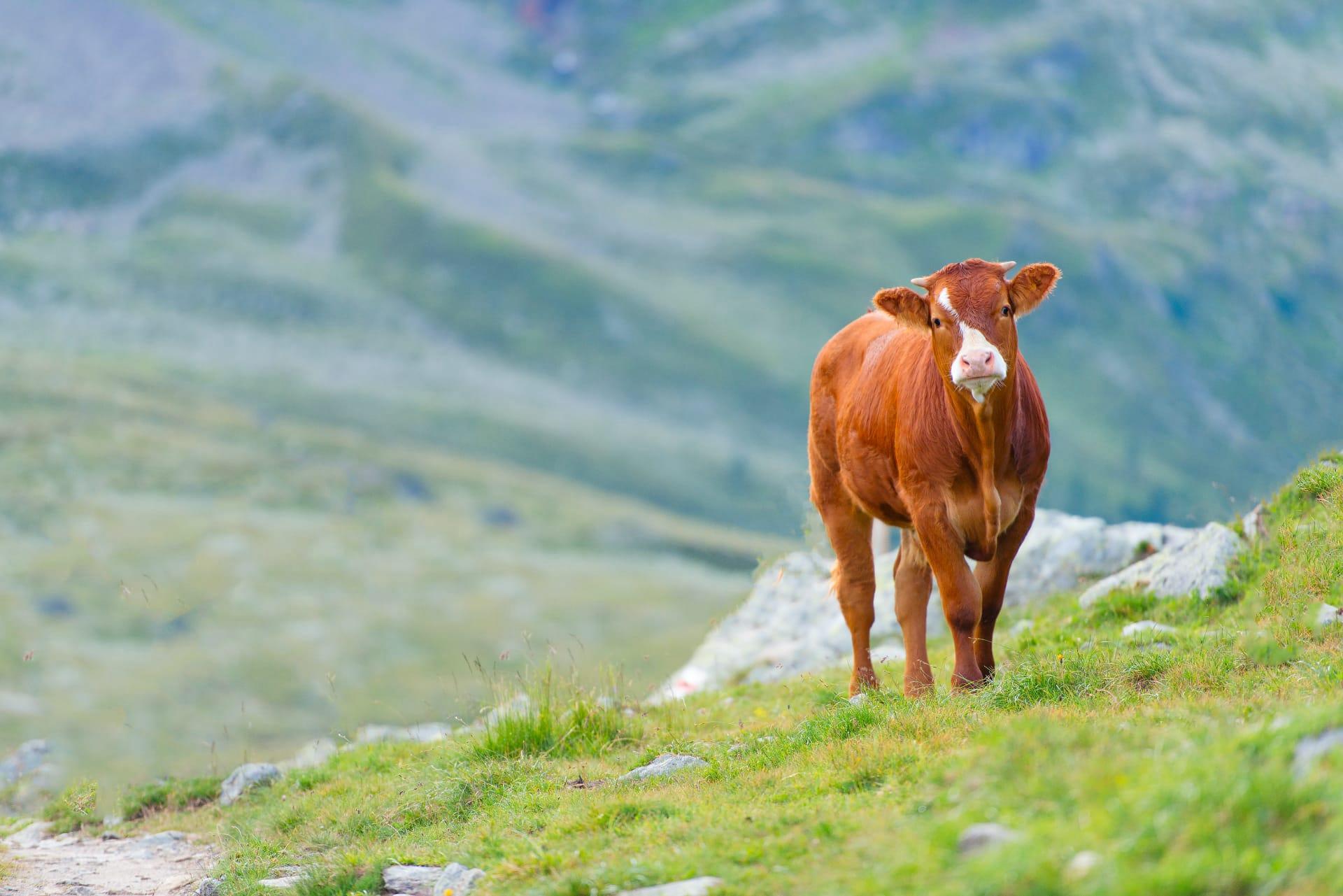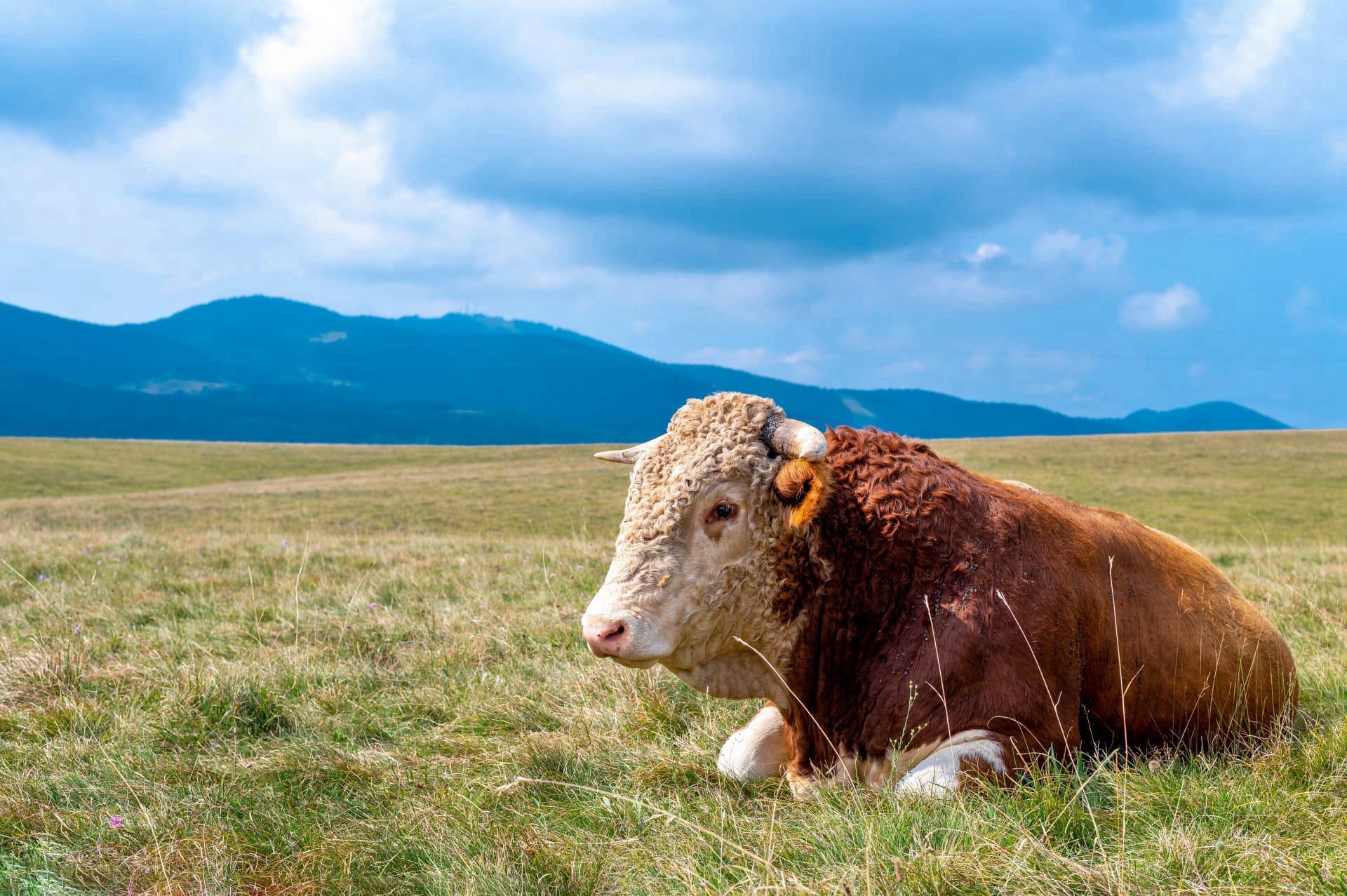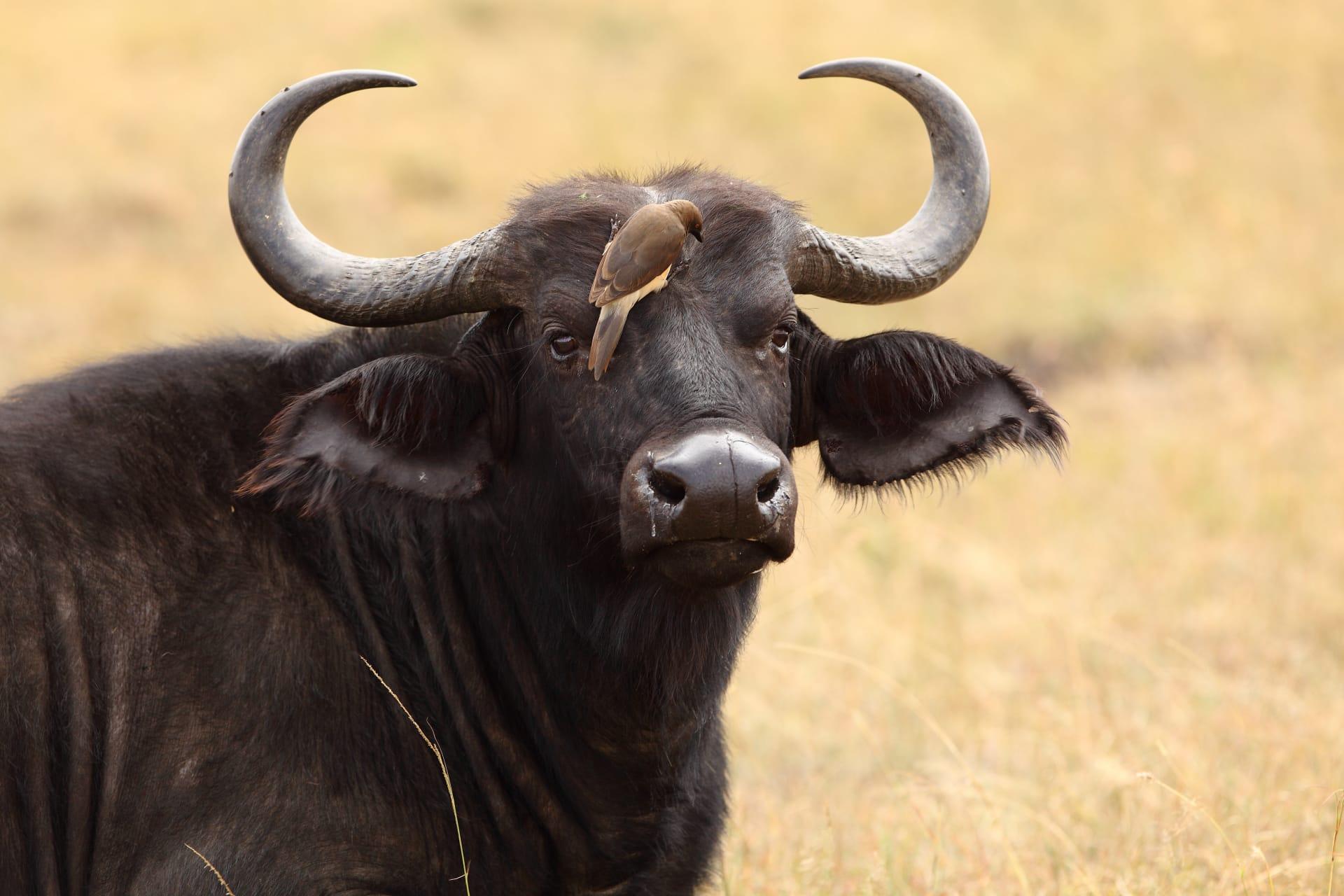1
Cows have a remarkable digestive system, featuring a four-chambered stomach. The first chamber, the rumen, is incredibly large, holding up to 50 gallons of partially digested food. This design allows cows to extract nutrients from plant-based food by fermenting it before digestion, primarily through bacterial action. In this process, bacteria break down the cellulose in plants, converting it into energy-rich compounds that cows can utilize.
Another intriguing fact about cows is their excellent sense of smell. Cows can detect odors up to six miles away, a capability far superior to humans. This acute sense of smell helps them locate water sources and be aware of predators or other dangers from a considerable distance. It also plays a critical role in their social interactions, as they can recognize individuals by their scent.

2
Contrary to common belief, cows do not have four stomachs; they have one stomach with four compartments. These are the rumen, reticulum, omasum, and abomasum. Each compartment has a distinct function in the digestive process, making cows highly efficient at converting grass into energy. The rumen serves as a fermentation vat, the reticulum traps foreign objects, the omasum absorbs water and nutrients, and the abomasum functions much like a human stomach.
Cows also contribute significantly to greenhouse gas emissions, specifically methane, a potent greenhouse gas. A single cow can produce up to 500 liters of methane per day through belching. Methane is roughly 28 times more potent than carbon dioxide over a 100-year period. This environmental impact is a crucial aspect of ongoing research and discussions on sustainable farming practices and livestock management.

3
Cows have a unique way of communicating through vocalizations and body language. Each cow's moo is distinctive, allowing them to communicate individually with each other and their calves. These moos can convey a range of emotions or needs, from stress and discomfort to contentment and social bonding. The complexity of these vocalizations reflects their social nature and cognitive abilities.
Interestingly, cows show a strong preference for cooler temperatures. They thrive in temperatures between 40°F and 60°F (4°C to 15°C). When temperatures rise above this range, cows can experience heat stress, leading to reduced milk production and fertility rates. This preference for cooler climates has significant implications for dairy farming, particularly in regions experiencing climate change effects.

4
Cows have a panoramic vision, with a visual field of nearly 360 degrees. This wide field of vision allows them to see predators from all directions, a crucial survival trait for these prey animals. However, their depth perception is limited, making it difficult for them to judge distances accurately.
The lifespan of a cow varies depending on its breed and how it's raised. Dairy cows typically live between 5 to 8 years in commercial settings, primarily due to the demands of high milk production. In contrast, beef cows usually live up to 2 or 3 years. However, in more natural settings, cows can live 15 to 20 years, demonstrating the significant impact of farming practices on their lifespan.

5
Cows play a critical role in the ecosystem through their manure, which is a valuable source of organic matter and nutrients for soil. Cow manure improves soil structure, promotes microbial activity, and enhances water retention. This makes it an excellent natural fertilizer, contributing to sustainable agriculture practices.
Finally, cows have a unique social structure. They form complex social hierarchies, known as pecking orders, where some cows are dominant while others are more submissive. These hierarchies are established through various interactions and can affect access to food, resting areas, and social interactions within the herd. Understanding these social dynamics is essential for effective herd management and welfare.